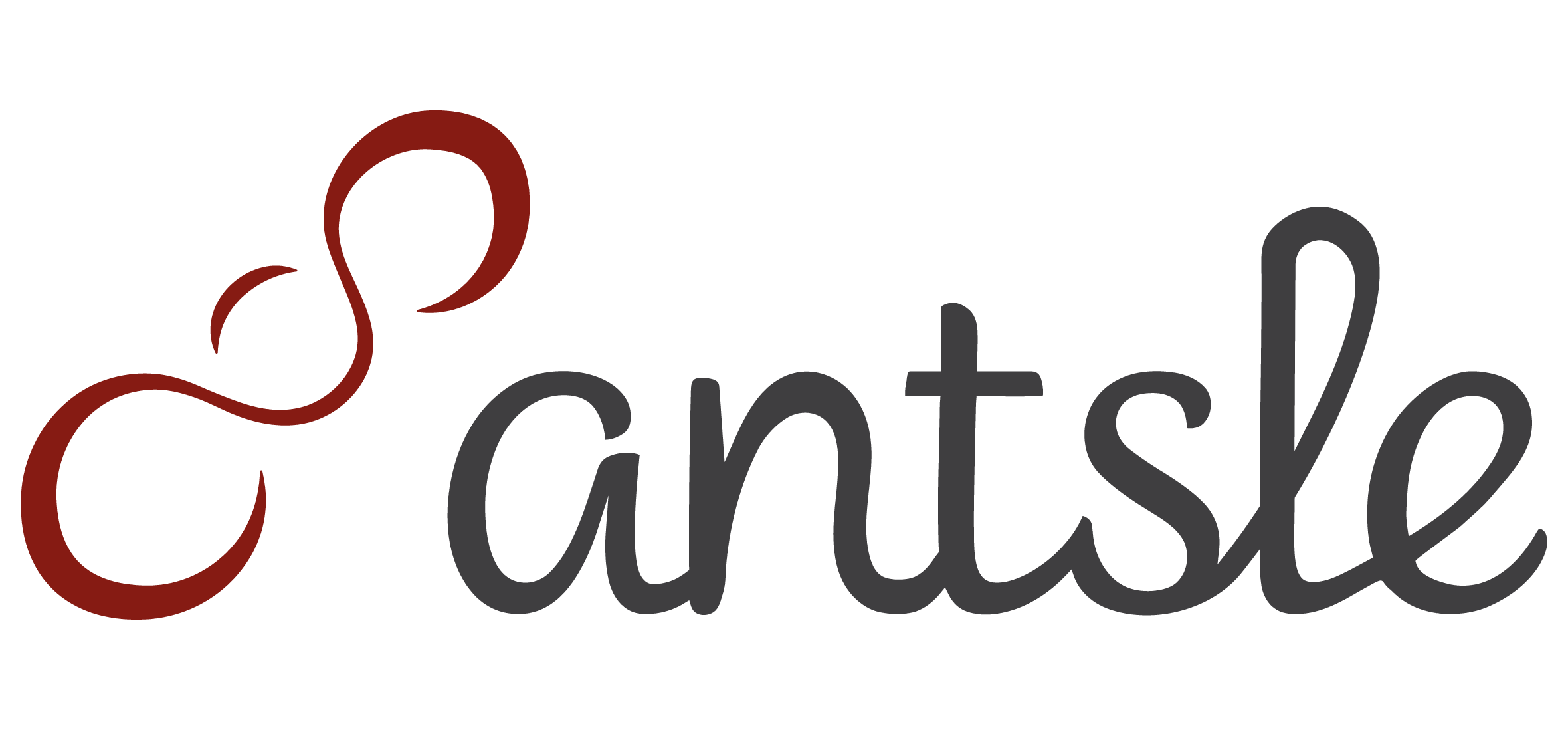antHill – Why, What and How.

With antMan 0.9.0, Antsle introduced antHill, the portal to your Antsles.
Why did we introduce antHill?
The main purpose is to make the initial setup of your Antsle or edgeLinux server more reliable. We found that setting up a server stand-alone, relying only on mDNS to work, can be hard. Your specific network setup and client type might come in the way. Also, it’s hard to adapt your network settings before you can access your server. Therefore, Antsles and edgeLinux servers will now make an outgoing connection to our antHill server during the setup process. This makes things much more reliable. After all, outgoing connections will pass typical firewalls more easily than incoming ones. Furthermore, you can setup your new server from anywhere. Like the lady in the photo is doing.
How does antHill work?
The setup process will ask you for things like network settings and the name of your new server. It will also ask for the serial number and default root password that the Antsle came with. This is used an authentication token. It’s quite similar to default passwords printed on routers. After the setup is completed, it’s completely up to you if you want to keep your Antsle communicating with antHill or not. Stopping the anthilld service on your Antsle will completely stop and disable any communication between your Antsle and antHill.
Is antHill secure and does it protect my privacy?
Yes. All communication between your server and our antHill server is encrypted, and Antsle will use the connection only to help setting up your server. However, sometimes paranoia is the way to go. If you need absolute isolation, you can just stop the anthilld system service and be completely self-contained.
What does the future of antHill look like?
Besides the main purpose of making setup more reliable, there are other reasons for antHill as well. It provides a way to reset your root password in case you forgot it, and it lays the groundwork to add features in the future, like running antMan right out of antHill, managing multiple Antsles, ssh’ing into your Antsle right out of antHill, and more. All these features happen on a pure opt-in basis, of course. No tracking whatsoever will happen without the user’s explicit opt-in. Permission management is another benefit of antHill: In the future, you can create several antHill logins for an organizations and grant fine-tuned permissions. In short, antHill is the portal to your antsles.
